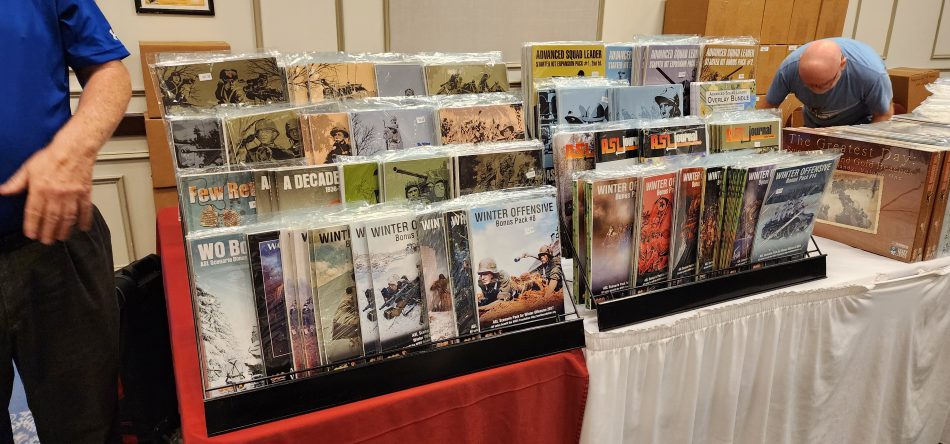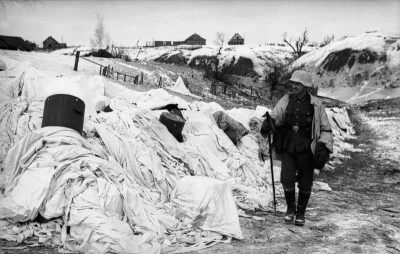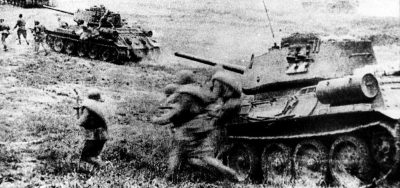Winter Offensive 2024

By David Garvin
With the new year, many gamers across the land get excited for the annual Winter Offensive, hosted by the folks at Multiman Publishing (MMP). With over 150 attendees, this is one of the larger annual conventions, but it differs from many in that it does not focus on a wide variety of games. The two major games here are Advanced Squad Leader (ASL) and the Great Campaigns of the American Civil War (GCACW).
There were some other games being played, but those two were the main ones. Furthermore, the Winter Offensive is a charitable event, with the benefactor being the World War Two Foundation. Every year, MMP raises thousands for this important group, raising awareness of this important event in our shared history.


 By David Garvin
By David Garvin